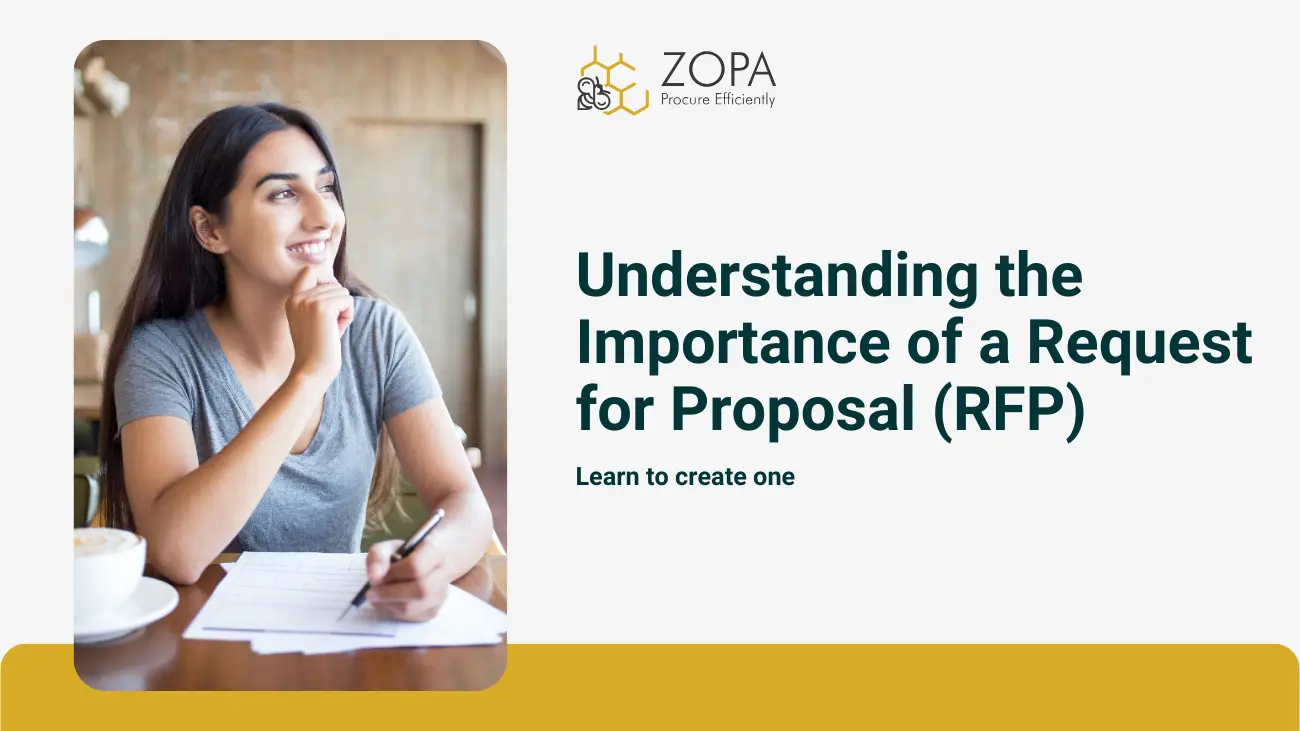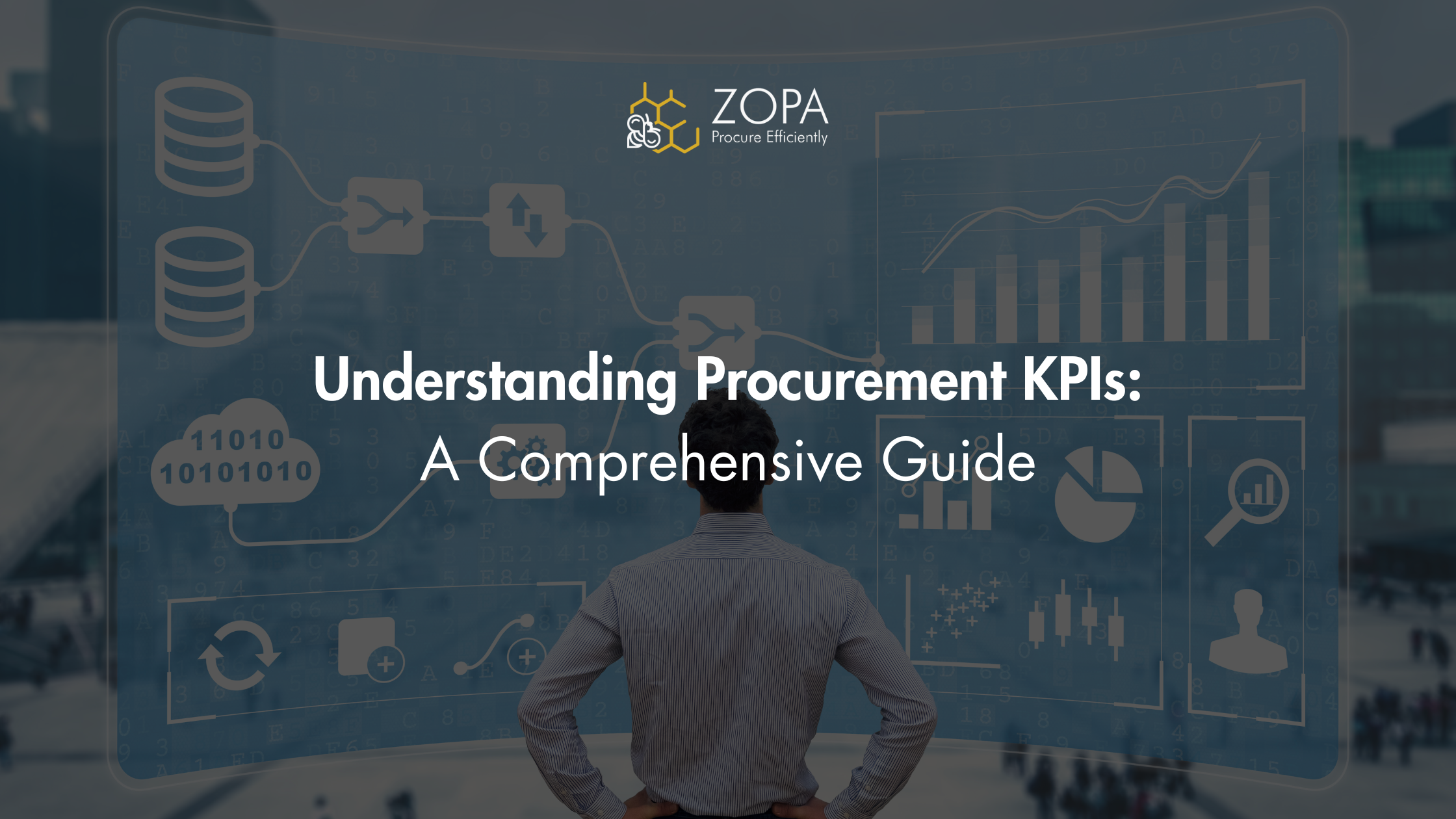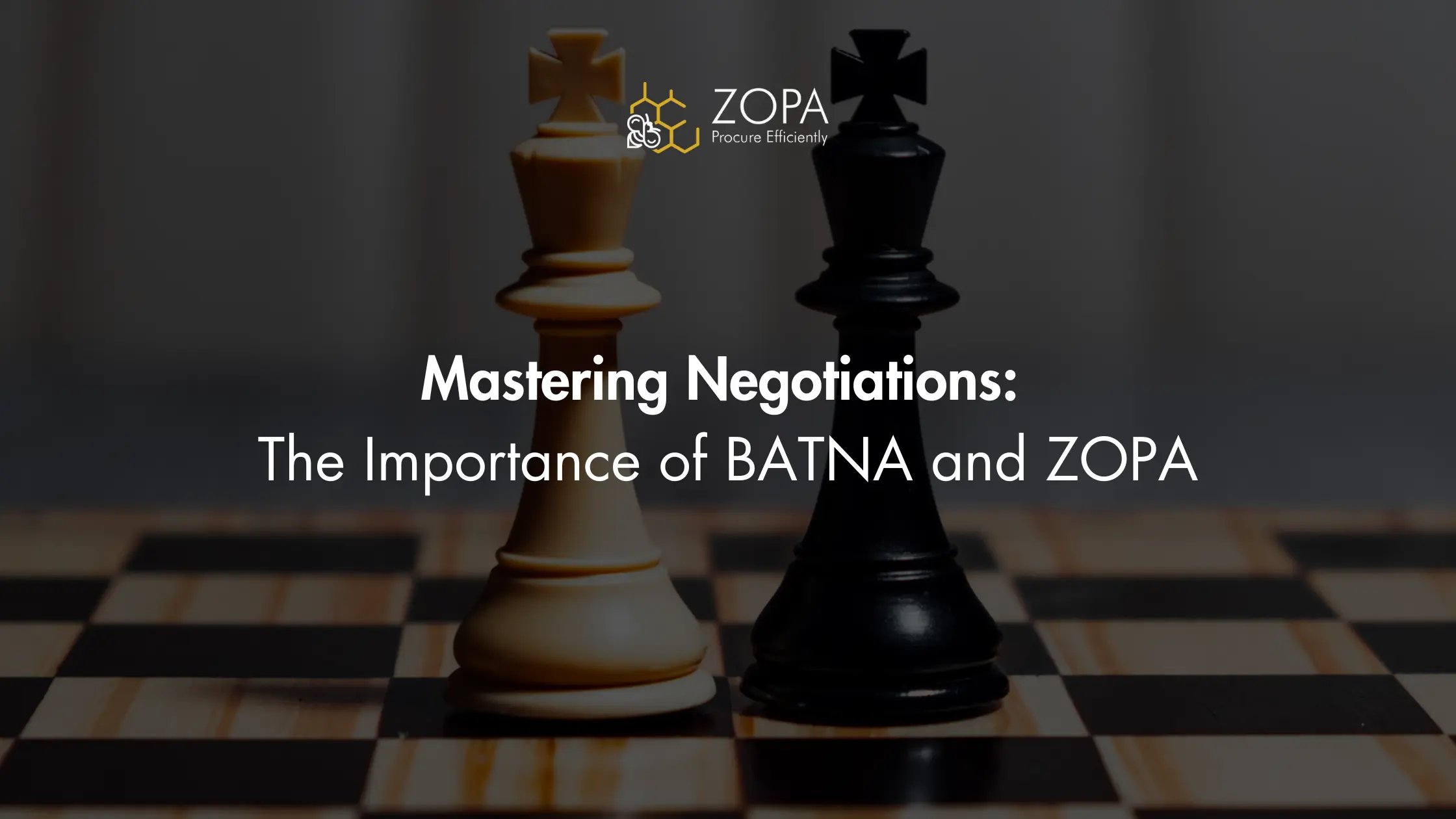Introduction
In the world of business, organizations often find themselves searching for products, services, or solutions to meet their needs, whether for internal projects, specific initiatives, or responding to external demands. One effective way to acquire these resources is through a Request for Proposal (RFP). An RFP is a formal document that outlines the requirements and expectations of a project and invites external vendors or service providers to submit proposals detailing how they would meet those needs. This article delves into the importance of creating an RFP and provides a comprehensive guide on how to develop one successfully.
Importance of Creating an RFP
Before diving into the creation process, it is crucial to understand why crafting an RFP is essential for businesses. Consciously investing the time and effort into creating an RFP can yield significant benefits:
01
Defined Objectives and Needs
An RFP forces organizations to articulate their needs and desired outcomes clearly. By detailing the project requirements, timelines, and budget, stakeholders can establish clear objectives, ensuring everyone involved is aligned. This clarity helps eliminate ambiguity and minimizes misunderstandings throughout the project’s life cycle.
02
Structured Evaluation Process
By formalizing the proposal process, an RFP provides a structured approach for evaluating potential vendors or service providers. Organizations can set predefined criteria for assessing each proposal, such as experience, methodology, costs, and timelines. This structured review process leads to informed decisions based on comparative analysis.
03
Encourages Competition
By inviting multiple vendors to propose their solutions, an RFP fosters healthy competition. This competitive environment often results in more innovative solutions and better pricing, as vendors strive to present their best offerings to win the contract.
04
Documentation & Record-Keeping
An RFP serves as an official document that creates a record of the organization’s requirements, vendor submissions, and the decision-making process. This documentation can be invaluable for future references and audits, ensuring transparency in vendor selection.
05
Risk Mitigation
Creating an RFP can help reduce risks associated with vendor selection. By asking for detailed responses and continually engaging with potential suppliers throughout the proposal phase, organizations can better understand the vendor’s capabilities and limitations, minimizing the chances of project failure.
How to Create an RFP
Creating an effective RFP involves several key steps. Below is a guide to help organizations develop a thorough RFP document.
Step 1: Identify the Needs
Before drafting the RFP, gather your business/project team to identify specific needs. Discuss what problems they aim to solve and the desired outcomes. This initial step is crucial for articulating a clear scope of work. Consider factors such as timeframe, budget constraints, and potential challenges.
Step 2: Define the Scope of Work
Outline the scope of work in detail. Include key milestones, deliverables, and any specific requirements (technical or functional) that are vital for potential vendors to know. Be explicit about the expected outcomes and explain how success will be measured.
Step 3: Set the Deadline and Submission Guidelines
Clearly state the timeline for the RFP process. Include an RFP release date, a deadline for questions, and a final submission deadline. Specify the method for submitting proposals (e.g., email, online platform) and any required formats (e.g., PDF, Word document). Be clear about your organization’s preferences for submission, including necessary pricing and presentation formats.
Step 4: Include Background Information
Provide background information about your organization and the requirement context to help vendors understand their potential role. This section should include:
– About the Organization: A brief overview of your organization, including its mission, vision, values, and market position.
– Background: Explain the reasons behind initiating the procurement, including any problems you aim to address and the strategic importance of the business/project. Such context helps vendors tailor their proposals more effectively.
Step 5: Outline the Proposal Requirements
Detail the components that vendors must include in their proposals. This section should equate to a checklist to ensure consistency. Key components to consider include:
– Executive Summary: A high-level overview of the vendor’s approach and qualifications.
– Offerings: Information on what the vendor intends to offer, including details of the product. Service, specification, warranty, resources.
– Qualifications: Similar scale of project executed. Details of resources and capability.
– References: Examples of similar projects completed, along with references from previous clients for credibility.
– Cost Proposal: A comprehensive breakdown of costs associated with different phases of the project, including any potential additional costs.
Step 6: Establish Evaluation Criteria
Define how proposals will be evaluated. Transparency is key, as it communicates what is necessary for vendors to prepare competitive bids. Common evaluation criteria may include:
– Technical expertise and experience
– Methodology and proposed solution
– Project timeline
– Cost-effectiveness
– References and past performance
– Innovation and value-added services
Step 7: Create a Timeline for the RFP Process
Incorporate a detailed timeline that highlights all relevant dates in the RFP process, including:
– RFP release date
– Period for vendors to submit questions
– Deadline for proposal submissions
– Evaluation period
– Announcement of the selected vendor
– Project kick-off date
Step 8: Add Terms and Conditions
Include standard terms and conditions to establish the rules of engagement. This section may encompass:
– Confidentiality agreements
– Intellectual property rights
– Payment terms
– Terms for modification or cancellation of the contract
– Compliance with laws and regulations
Step 9: Review and Revise the RFP
Before distribution, review the RFP thoroughly to ensure clarity and completeness. Involve key stakeholders in this process for additional insights. Make revisions as necessary to refine the document, ensuring that it effectively communicates all necessary information to potential vendors.
Step 10: Distribute the RFP
Once finalized, distribute the RFP to a broad pool of qualified vendors. Use various channels to reach potential candidates, such as:
– Industry-specific platforms or websites
– Professional networks and associations
– Direct outreach to known vendors
Encourage vendors to express their interest and ensure they received all relevant materials.
Conclusion
Creating a Request for Proposal (RFP) is a critical step in obtaining the right vendors and ensuring project success. By clearly defining organizational needs, project scopes, and evaluation criteria, businesses can streamline the vendor selection process while fostering an environment of healthy competition. An RFP not only nurtures structured collaboration with suppliers but also mitigates risks associated with vendor selection.
By following the steps outlined in this guide, organizations can effectively create RFPs that will yield high-quality proposals tailored to their needs. As organizations continue to navigate complex business landscapes, leveraging RFPs will remain an invaluable tool in sourcing the best solutions and services. Taking the time to carefully craft an RFP ensures that businesses engage the right partners who can meet their specific requirements, ultimately leading to successful project outcomes, stronger supplier relationships, and enhanced organizational performance. In the evolving world of business, a well-structured RFP can be the difference between success and failure, enabling your organization to scale new heights in accomplishing its objectives.




